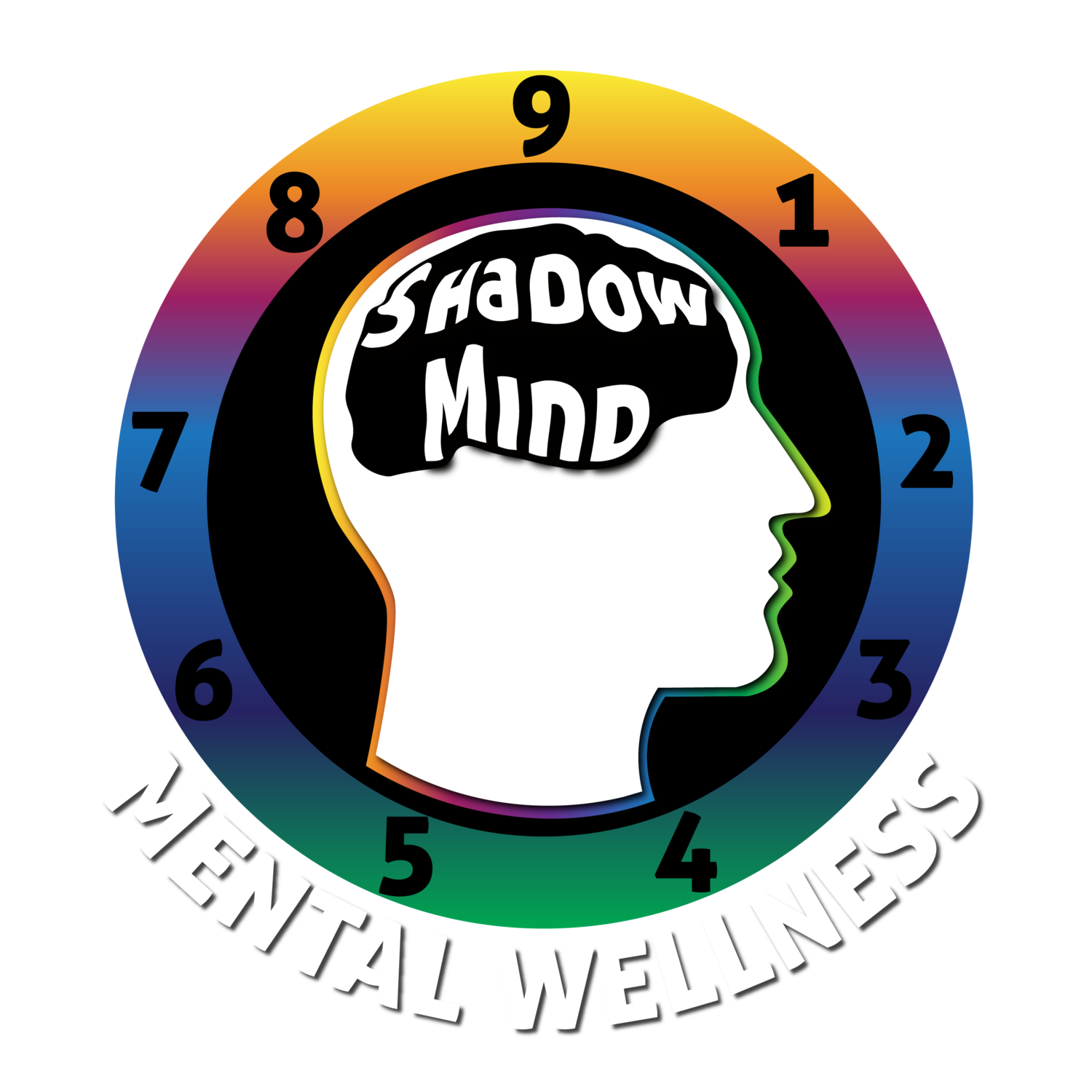What is the Enneagram?
The Enneagram is a tool that awakens our compassion for people just as they are, not the people we wish they would become so our lives would become easier. - Ian Morgan Cron, The Road Back to You: An Enneagram Journey to Self-Discovery
Psychologists and amateurs have had different methods and tests to help us understand human personality. At best, this practice has been…tricky, we’ll say. The trick, as it were, to understanding your personality is to understanding yourself, not as you are now, but as you once were. In other words, if you answer how you think now, you’ll often miss the target.
The Enneagram offers a unique opportunity for mental health/wellness practitioners and their clients to view the algorithm to personality. It also gives us insight to what motivates our defense strategies. It is through motivations rather than behaviors that we see our true selves. Once we are aware of the motivations behind our defense strategy, we can then alter it to improve how we interact with the world and the people in it.
We are all born with specific traits and taught from a young age, intentionally or unintentionally, how to act, behave, think, feel, and see the world. The argument shouldn’t be nature vs. nurture because the answer is both attribute to our personalities. And that isn’t anymore apparent than within the Enneagram. It is only through the lens of the past can we shape our future.
The Enneagram consists of 9 main types each assigned a number. They are, in order 1-9: The Moral Perfectionist, The Supportive Advisor, The Successful Achiever, The Romantic Individualist, The Investigative Thinker, The Loyal Guardian, The Entertaining Optimist, The Protective Challenger, and The Peaceful Mediator. Seems simple enough right?
You might be thinking, “This doesn’t sound any less general than the other personality tests, Tim.” The beauty is in the way it can be simple on the surface, but complex underneath, just like your average human. Because while there are 9 main types, there’s also 2 wings for each type, 3 Instinctual Subtypes and the order in which they go, the paths when we are under stress or in a season of growth, and, if that weren’t complex enough, Tritypes, which consists of your main type and two types from the other Triads, which also influences your personality.
The human mind is often compared to a computer so think of this as really basic software being run by a larger operating system. “If this happens in my life, then this action/decision/behavior/etc. will be taken.” So think of the Enneagram as a tool to reverse engineer yourself. You are trying to understand the program so the operating system can work as flawlessly as possible. This not only improves you and your self-confidence, but it leaks out to those around you building more positive relationships.
It takes a lot of time to understand yourself in that way and often times you need guidance, which is why I’m here. Allow me to help you navigate the complexity of the Enneagram to reveal your shadow mind. Sign up for a free consultation today!

